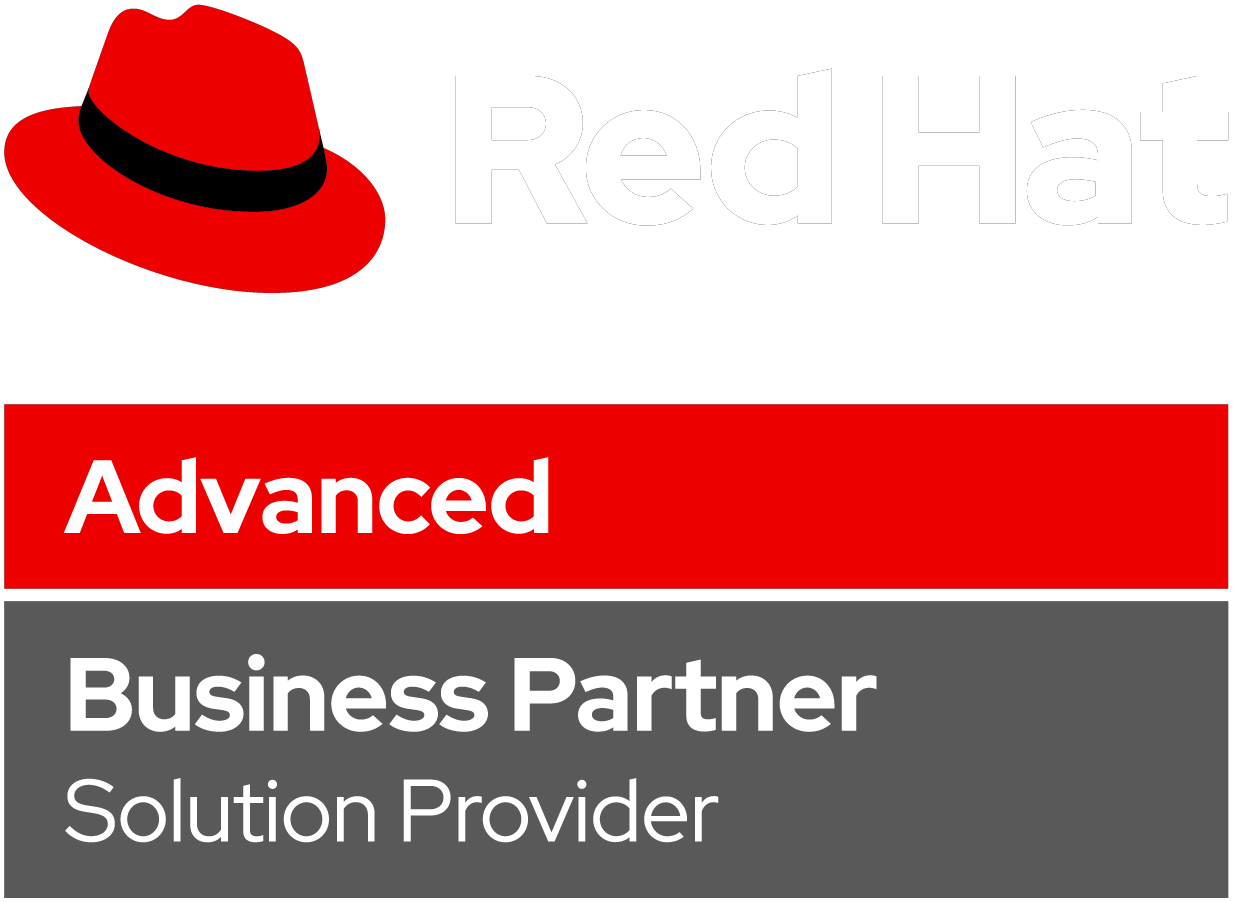The cloud is one of today’s most demanded and dynamic technologies. It has transformed traditional business models and made new things possible in the workspace like online collaboration and AI as a service. For most companies, cloud migration has become a question not of if but of how.
Cloud migration is an equation with many sides. While it may seem daunting at first, the right preparation will help ensure a smooth migration. In this post, we will discuss the top hurdles to keep in mind as your company prepares for the big move.
What are the main cloud migration challenges?
In our role building and deploying new cloud environments for a wide range of clients, a big part of that work is helping our clients overcome challenges in shifting workloads and addressing points that are not fully optimized. The challenges of cloud migration we most often see are:
- Lacking a clear strategy determined by business objectives
- Cloud sprawl caused by not having a clear understanding of the full scope of cloud environments
- Exceeding the planned budget
- Security weak points and failures of critical services
- Human error and a lack of skills required to operate the new infrastructure
The good news is that none of these challenges are without solutions. Let’s discuss how you can overcome the challenges in cloud migration and make your transition as smooth as possible.

Develop your cloud migration strategy
The most common mistake that can prevent you from fully reaping the benefits of the cloud is not having a clear business objective behind the move or a well thought-out migration plan. Sometimes managers approach us after they find themselves stuck after already having done a fair amount of work on migration. In this case, we often have to go back to the formulation of business goals and rebuild their migration strategy from scratch.
Starting from strategy ensures that you can easily navigate the transition and avoid analysis paralysis during later stages. This is especially important as there is a wide variety of choices along the way, starting from whether you opt for private, public, or hybrid cloud infrastructure to choosing among Infrastructure as a Service (IaaS), Platform as a Service
(PaaS), and Software as a Service (SaaS) models. Planning each phase of the migration from the start gives you direction to make the right choices to arrive at your target and helps you avoid unnecessary spend.
Get control over the stages of cloud migration
Cloud sprawl is another common cloud migration issue. Cloud sprawl means that your organization cannot gain complete centralized visibility and control of all its cloud infrastructure components. If your organization is juggling multiple cloud instances, services, or sometimes even providers, it’s not possible to have full accountability of the resources in use. There are a few preventative steps to help you avoid this situation and implement unified management of all cloud services.
The first step is conducting an IT function audit before the migration. This is necessary in order to understand the roles and business processes that currently exist and what your organization will look like after the migration. Once you have broken the silos between different service groups within your organization and achieved full accountability, the next step is maintaining this clear view during each phase of the cloud migration. In addition, it is useful to implement visible accountability through dashboards so that you manage all cloud services and costs in one place.
Cost of cloud migration
Cloud sprawl often goes hand in hand with exceeding your initial budget: cloud instances keep popping up without a clear, intentional reason and costs start to spiral out of control. To keep your cloud spending in check, you should measure these costs from day one and assign them to specific cost centers within your organization. Measuring your costs and performance on an ongoing basis is essential for assessing the ROI of your cloud migration in order to determine that the migration project was successful.
Cloud security questions
Security and availability concerns are other common cloud migration issues that have to be addressed. To avoid security weak points or downtime during the move, make sure that your IT group has an in-house DevOps engineer with expertise in cloud security or consult with your cloud provider.
Security measures should be naturally embedded in DevOps operations and must include the following:
- Setting security configuration parameters in cloud instances
- Automating security processes
- Building continuous monitoring systems
From the standpoint of infrastructure availability, there are two major concerns: availability at the component level (one specific component or microservice can fail individually) and architecture level (failure of the entire environment). As you get into the cloud, you have to design redundancy and availability in the most critical components.
Training employees on your cloud solutions
One of the most often cited cloud migration failures is neither costs nor security issues but lack of training for your employees. You should be aware that organizing IT functions in the cloud is quite different from the same processes that are run on-premises, like DevOps , Infrastructure as a Code, and automation tools.
Make sure that your staff members are on the same page and have the needed skills, knowledge, and understanding to operate the new infrastructure. The best cloud providers offer team training sessions or video tutorials. Allocating the time for training and certifications should be included in your migration timeline.
Conclusion
Moving to the cloud is not only a challenge but rather an opportunity to make existing business processes more agile and innovative. As the first step, you have to take stock of all the infrastructure components, business processes and in-house expertise at your disposal and build a strategy that encompasses all the needs of your organization on your cloud migration journey.
Triangu can help you to develop and execute the cloud migration strategy that fits your needs and makes the most sense from the standpoint of your business objectives. Based on your actual and target digital maturity levels, our experts customize your migration program for the processes, people, and technologies within your organization. If you are ready to see how Triangu can help you migrate to the cloud at a faster pace and achieve optimization at scale, book a free 2-hour consultation with one of our experts.

